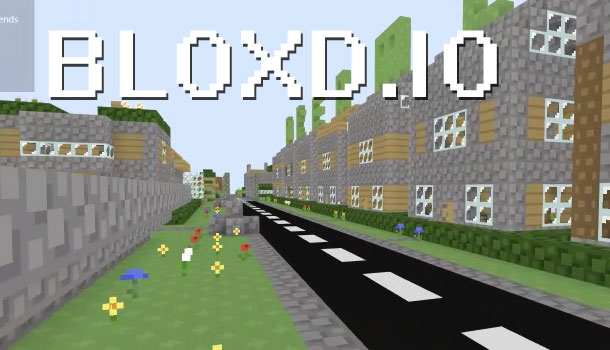The Iconic Design of halo (2003) game icons banners That Defined a Generation
In the annals of halo (2003) game icons banners history, few titles have left as indelible a mark as Halo: Combat Evolved. Launched in 2001 as a flagship title for the then-new Microsoft Xbox, Halo not only helped to define the console but also reshaped the landscape of first-person shooters. Its iconic design is at the heart of its legacy— from the game’s unique visuals to its unforgettable icons and banners. This article explores the elements that made the Halo: Combat Evolved design a cornerstone in the gaming industry and how it continues to influence generations of games and gamers alike.
The Genesis of a Visual Identity
From the moment players first stepped onto the mysterious ringworld of Halo, they were greeted with a visual experience unlike any other. The game’s art direction, led by Marcus Lehto and his team, crafted a sci-fi aesthetic that was both alien and familiar. The design of the environment, vehicles, and characters were meticulously detailed, creating a cohesive world that was immersive and believable.
Halo (2003) game icons banners
The Master Chief, Halo’s protagonist, quickly became one of the most recognizable characters in halo (2003) game icons banners. His green armoured suit and golden visor are iconic, symbolizing the game and the entire genre of science fiction shooters. The simplicity and functionality of his design have made him a lasting symbol of heroism and mystery in gaming.
Banners and User Interface
The user interface in Halo: Combat Evolved was revolutionary at its time. It was designed to be discreet yet informative, providing crucial information with minimal distraction. The health bar, shield status, and ammo count were integrated into a compact and intuitive layout, influencing countless games since.
Innovating Gameplay Through Design
The visual design of Halo was not just about aesthetics; it was deeply integrated into the gameplay itself. For example, the design of the levels used the game’s 3D space innovatively to create tactical depth. The game’s famous “30 seconds of fun” design philosophy ensured that every encounter, every area, and every mission felt engaging and fresh.
Weapon Design
Each weapon in Halo was not only visually unique but also offered distinct strategic advantages, encouraging players to experiment and adapt their play style. From the powerful, close-quarters shotgun to the precise, alien energy sword, the weaponry was designed to be visually and functionally diverse, adding layers of strategy to player engagements.
Vehicle Integration
Vehicles like the Warthog and the Banshee were more than means of transportation; they were integral to the game’s combat and designed with functionality and futuristic aesthetics in mind. Their designs emphasized Halo’s innovative approach to vehicular combat, blending seamlessly with the infantry-based gameplay to create dynamic, multi-dimensional battles.
The Legacy of Iconography
The iconography of Halo: Combat Evolved has had a profound impact on both the marketing and the cultural footprint of the game. Promotional banners and box art featuring key visuals such as the Master Chief or the haunting vista of the Ha lo ring itself have become emblematic of the era.
Influence on Other Media
The design elements of Halo have transcended video games, influencing other media such as novels, comics, and even a series of animated shorts. These adaptations have carried over the game’s distinctive visual style, further cementing its place in the broader pop culture.
Community and Fandom
The game’s design also fostered a strong community and fandom. Fan creations, from cosplay to fan art, often replicate or reimagine the game‘s design elements, demonstrating the strong visual identity and attachment to the aesthetic that Halo has inspired.
Conclusion
Thehalo (2003) game icons banners Evolved was a product of innovative artistry and strategic gameplay integration, setting a new standard for visual storytelling in video games. Its influence is evident not just in subsequent entries in the Halo series but across the gaming industry at large. As Ha lo continues to evolve, the foundational design principles laid down by its first instalment continue to inspire and define what it means to create a visually compelling and engaging video game. This design legacy is a testament to the game’s role in shaping a generation of gaming gamers, making it iconic in video games.







